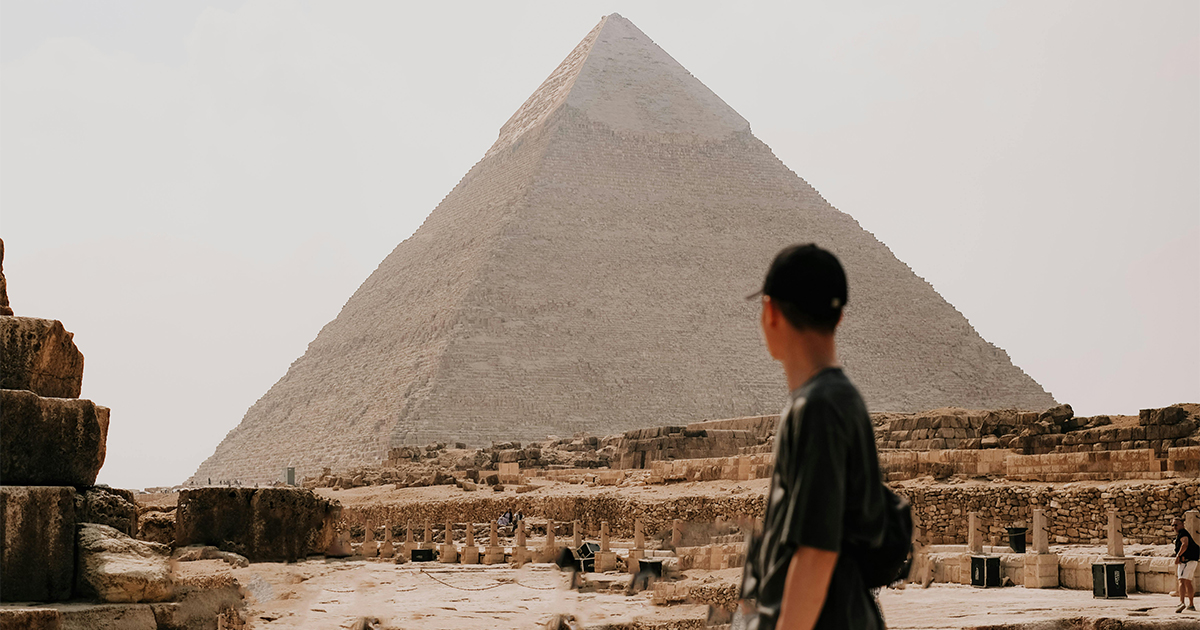If you want to learn the Arabic language, the first place to start is to understand the language’s alphabet. The alphabet consists of different symbols that are combined to form words and phrases, just like in English. Here are a few basics to understand the Arabic alphabet:
The Arabic Alphabet
One of the first steps in learning the Arabic language is to familiarize yourself with the letters. The Arabic alphabet consists of eighteen symbols that create twenty-eight phonetic sounds. Phonetic sounds are the minimal unit of a speech sound within a language; when combined, they create words and full sentences. Consonants are sounds that you make with your mouth mostly closed, like “t” and “s.” Vowels are sounds that are made with your mouth open, such as “o” and “a.”
How to Pronounce Arabic Words
A diacritical mark located above or below the letter can alter the form of each sound. Diacritical marks are the same as accent marks in other languages, such as Spanish. These marks mean different sounds with the same alphabetical letter, such as changing the original sound to a “b,” “t,” or “th” sound.
The English word “cat” is made up of three different sounds, “c”, “a”, and “t”. By breaking up words into their base components, you can learn to efficiently spell and pronounce Arabic words just like your native language. We recommend using flash cards with various Arabic vowel sounds to increase your accuracy with pronunciation.
Another way to learn pronunciation is to immerse yourself with those who speak the language. We offer an immersive program in Cairo, Egypt, where you can learn Arabic within a community of other speakers. You can choose from 4, 16, or 32-week-long programs. Five days a week, for four hours a day, you will learn from our experienced tutors located in the center of Cairo’s cultural center. This area includes museums, restaurants, and shops so that you can practice speaking the language in real-world scenarios.
How to Read and Write Arabic Letters
Arabic is written and read horizontally from right to left, and there is no distinction between lowercase and uppercase like in the alphabet. The shapes of the letters may vary depending on where they are located within a word, from the initial, medial, and final placement. Writing Arabic is like English cursive writing in that the letters are joined together in a fluid motion. This technique allows the writer to write faster and more legibly. Like calligraphy, it became an Islamic Arab form of art for both traditional and modern works and is a foundation of many cultural works.
Learn the Arabic Language Today
At Arab Academy, our online and in-person courses teach you how to read, write, and speak Arabic. We have Arabic for children courses, as well as Arabic courses for teens and adults. Sign up today to begin your language journey and immersive experience.







